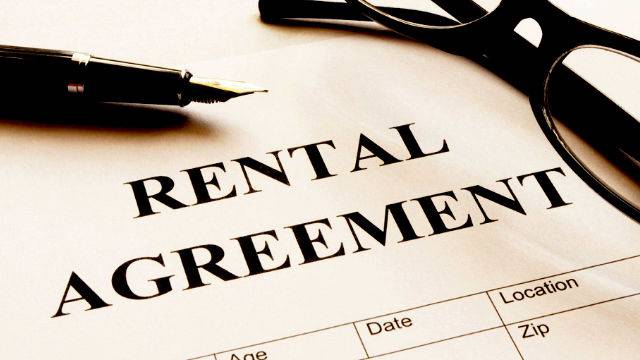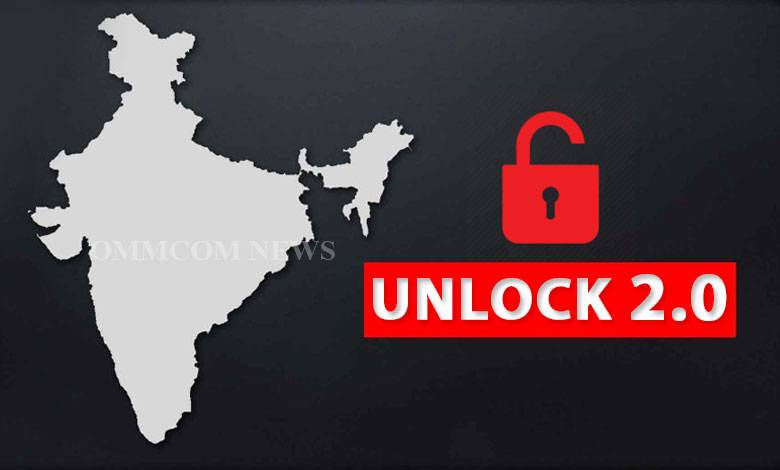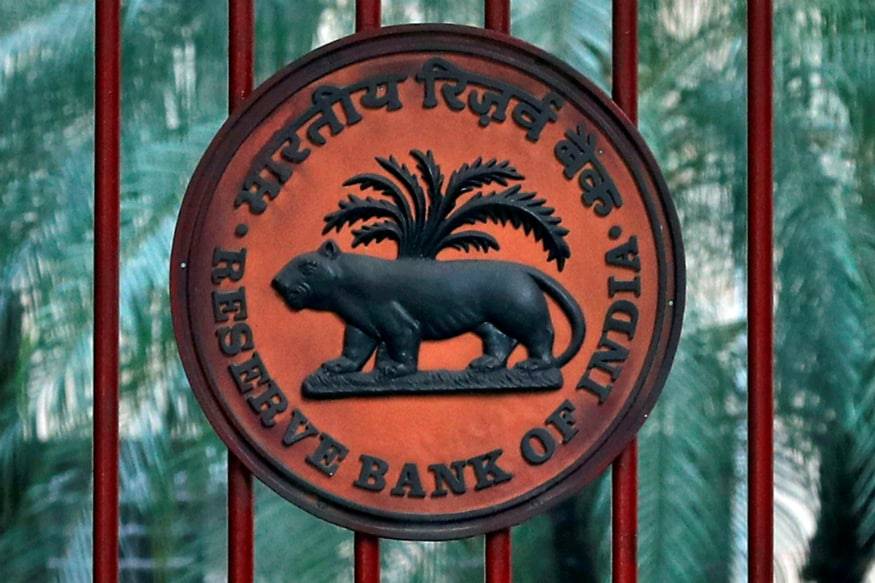
The Personalized Banking
The banking sector, a bulwark against the breakdown of other industries, is left to nibble away at the remnants in the wake of the virus-induced global economic slowdown. Banks wrote off over Rs 80,000 crore of loans in the first half of the financial year 2020. But major Indian banks have demonstrated resilience through uninterrupted services, offering EMI moratoriums or fee waivers to borrowers.
Unfortunately, historic trends allude to a grim scenario where financial institutions (FIs) were resigned to overlooking defaults, thereby leading to grave profitability concerns and credit risks associated with them in the wake of the pandemic. As the sector is left scrambling for money, more financial institutions are embracing technology to achieve their objective of survival, growth, expansion, or otherwise.
Personalized banking: Tech giants like Amazon, Facebook and Google have spurred a desire for more customized interactions and fostered a willingness to trade data for a better experience. As a result, the concept of “personalized banking” becomes more important now. Targeting customer micro-segments and tailoring offers for them will enable banks to differentiate themselves, build customer engagement, and gain a competitive advantage.
The first step would be to identify what personalization is. Thereafter, banks and FIs can leverage the large repository of customer data, customer touch-points, and digital platforms to deliver meaningful and powerful personalized experiences. To be sure, personalized banking is not primarily about selling.
It’s about providing service, information, and advice, often on a daily basis or even several times a day. Such interactions, as opposed to infrequent sales communications, form the crux of the customer’s banking experience. Yet many banks still tend to focus their personalization efforts on the sales arena.
Today, machine learning and data analytics can be harnessed to deliver an omnichannel digital experience to customers. For banks and FIs with a wealth of data available, hyper-personalization represents a window of opportunity to stay ahead of the curve with a value proposition that makes customers feel understood.
It also promises significant gains, with Boston Consulting Group estimating that successful personalization at scale could represent an increase of 10 percent in a bank’s annual revenue.
The biggest takeaway for a bank is staying ahead of the curve as you get to know your customer better and leverage those insights and trends to create tailored digital experiences that boost revenues.
On the other hand, as customers expect a basic level of customization, hyper-personalized experiences in personal finance can lead to amplified satisfaction and engagement, fraud prevention, and better decision-making coupled with a sense of humanized understanding from their bank. This humanized understanding by banks can be demonstrated in many ways.
Behavioral personalization: This attempts to determine the visitors’ interest based on their actions, which include visit count, search phrase, content viewed, functions performed and referrers’ websites.
IP-based personalization: This can gain information about the anonymous visitor from the IP address and DNS record. This type of personalization makes use of geolocation tracking and company attributes to customize the experience.
Online banking, CRM, and loan or deposit applications: These use data from other banking platforms to drive personalization. While it may seem complex, implementation is often easier than perceived. However, customization leads us to a larger question of whether technological advancement and privacy can be allies?
At present, the Information Technology Act, of 2000 and Information Technology Rules, of 2011 govern India’s data protection regime. However, they fail to protect individual interests. Geo-location tracking, biometric data, and facial recognition apps could invariably violate the right to privacy, but there is no legal framework that regulates or enables the use of such technologies without violating the Fundamental Right to Privacy.
Even the Personal Data Protection Bill, 2019, likely to be approved soon, fails to take into account all stakeholders involved in data breaches. For instance, the Bill imposes heavy fines for violations but exempts the “consent” requirement in certain circumstances, where data is required by the State, for legal proceedings, or to respond to a medical emergency.
These regulatory changes are necessary considering India’s growing digital footprint in the world. Personalization is without a doubt a promising area that might be able to answer some of the questions that internet banking must deal with today and in the future.
The possibilities of personalization are not yet fully utilized, nor is there sufficient hands-on experience or research-based knowledge about the most advanced ideas of how to personalize internet banking services. The importance of hitting the right target in both selecting the things to be personalized and the way of presenting them visually are delicate matters.
If not done right, they might compromise the most important customer values: Speed, efficiency, and trust. Thus as the impact of the contagion relies upon the gravity, degree, and dissemination of the cataclysm, which remains uncertain even today, the banks must leverage personalized online banking to boost revenues in a cash-strapped economy and possibly help the banking sector rise from the ashes.
Tags: personal banking, sbi personal banking, personal online banking, personal net banking, personalized banking, personal internet banking










